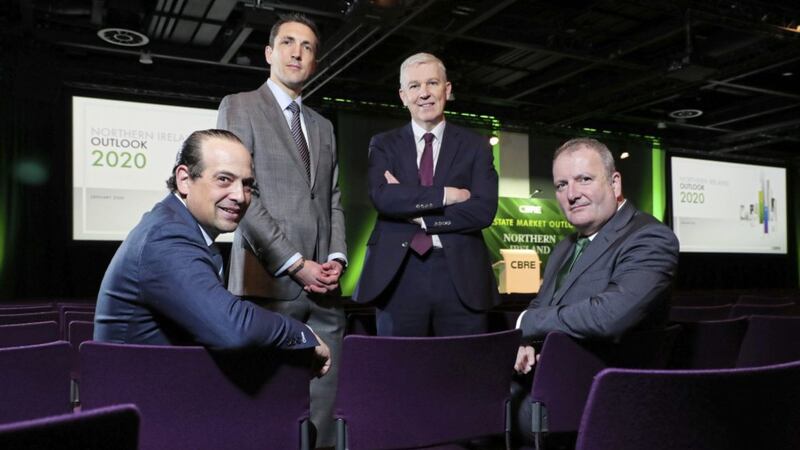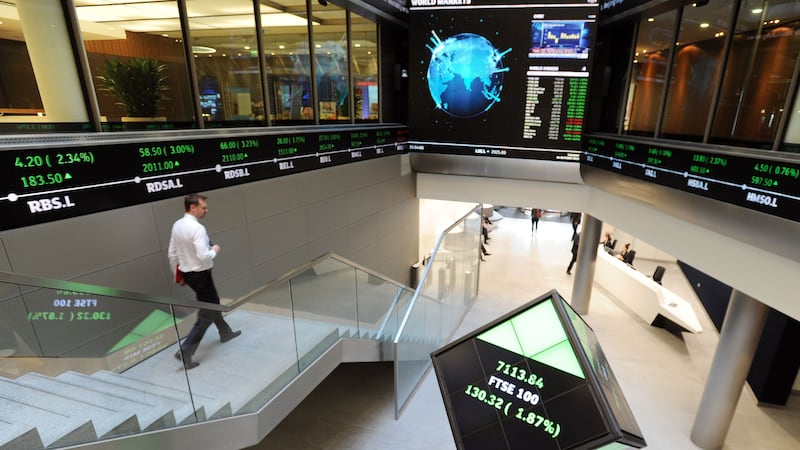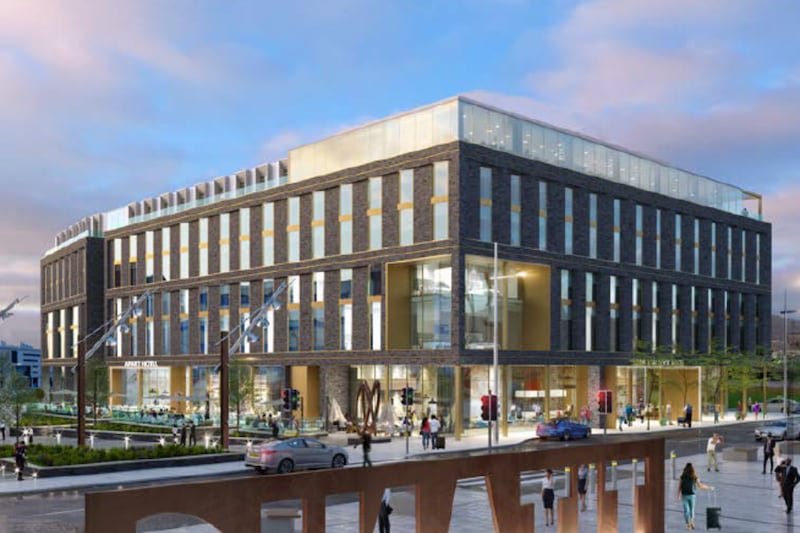THERE continues to be "money from America" for investing in property in the north, a real estate conference in Belfast has heard.
In the last decade, US speculators pumped $511 million dollars into the Northern Irish commercial property market.
But investment into the market in the 2010-2019 period has come from other regions including Sweden ($51m), the Netherlands ($48m) and even Singapore ($23m).
The figures came from agents CBRE at its Outlook 2020 event in Belfast ICC, attended by 500 commercial property professionals.
“Investors continue to want to talk about investing in Northern Ireland, particularly in Belfast,” said Brian Lavery, managing director of CBRE Northern Ireland.
“This place makes sound commercial investment sense, particularly given the less volatile political environment following the return of the Stormont Executive and more certainty around Brexit.
“Indeed global investors in commercial property here achieve one of the best rates of return compared to all other cities in the UK and Ireland.”
He cited that prime yields for high street shops in the north are currently 6.75 per cent, markedly higher than the 5.25 per cent UK average and the 3.5 per cent in the Republic.
Meanwhile offices in Northern Ireland achieve prime yields of 5.75 per cent compared to 4 per cent for the UK city average and 4 per cent in Dublin.
The breakfast seminar heard from CBRE that the new decade promises to offer challenges and opportunities in equal measure for the real estate sector.
Interest rates remaining lower for even longer combined with equity volatility at elevated valuations will force further investor diversification in favour of alternatives.
“Real estate is positioned well to provide both yield and capital performance. However, society’s complex relationship with the built environment will evolve as the decade unfolds,” attendees were told.
Kevin McCauley, head of UK commercial research at CBRE, said: “A more benign political environment means commercial property investment across the UK has a positive future in the year ahead, particularly in Northern Ireland where the progress at Stormont bodes well for the economy as a whole.
“We expect more overseas and institutional investment in the year ahead across all asset classes.”
That sentiment was echoed by Spencer Levy, CBRE’s chairman of Americas Research for CBRE and senior economic advisor, who said a steadier political environment offers a more positive investment outlook in the UK.
In a showbiz-style humour-laced presentation he offered a comprehensive insight into the US and global commercial property market.
Also speaking at the event was Carl Brookes, head of sustainability at CBRE UK property management, who underpinned the importance of factoring environmental issues and climate change into the future of commercial property.
Mr Lavery said sustainability remained key to the market in future years, adding: “At CBRE we are firmly focused on building this key issue into all our conversations with clients and key stakeholders, as well as within our own organisation.”








